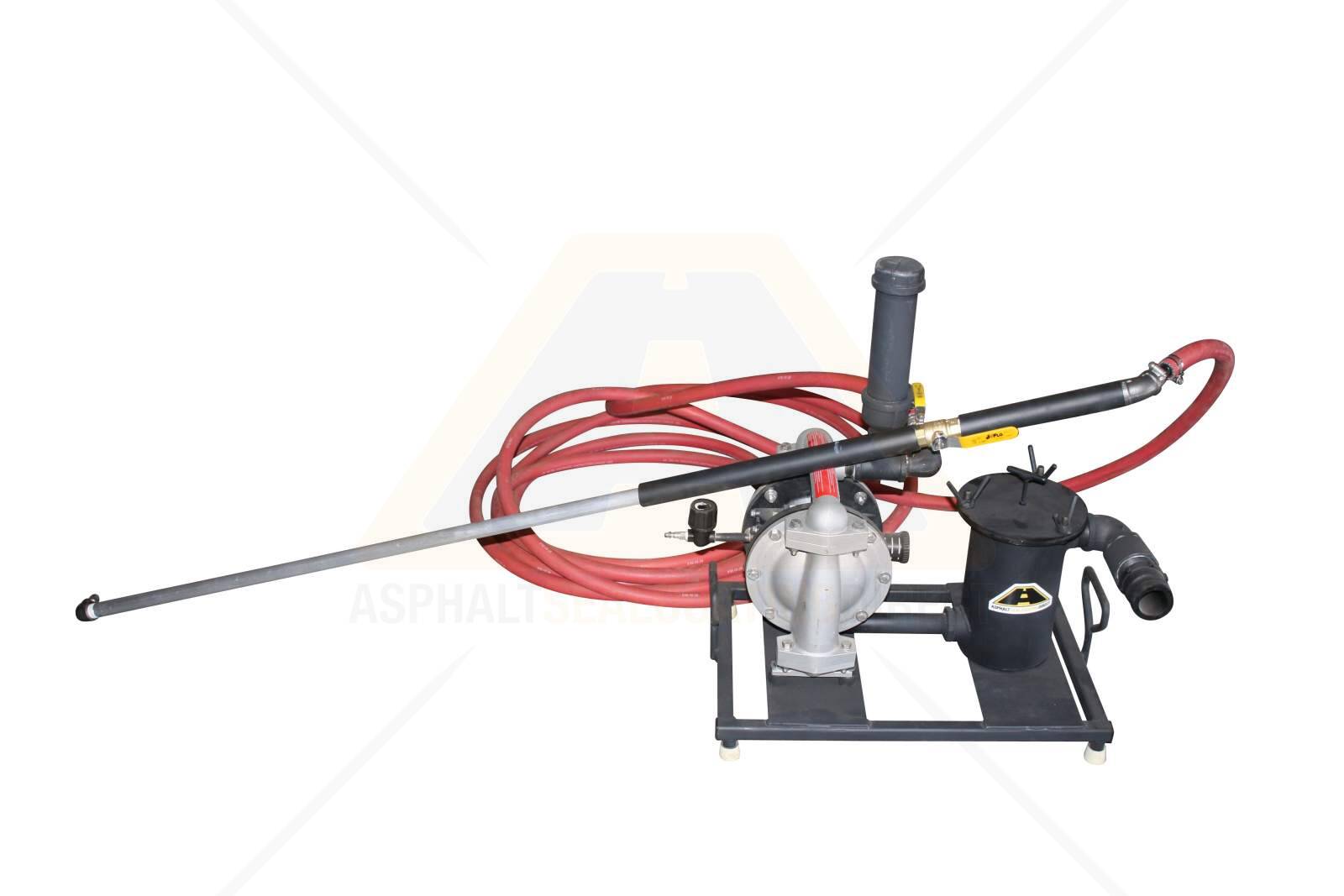Swift Solutions for Asphalt Patch Repair: Optimal Sealing Techniques
Swift Solutions for Asphalt Patch Repair: Optimal Sealing Techniques
Blog Article
Cold Mix Asphalt Vs. Hot Mix Asphalt: Which Is Right for You?

Composition Distinctions
Cold mix and hot mix asphalts vary significantly in their make-up, with distinct attributes that influence their performance and applications. Cold mix asphalt is produced by emulsifying the asphalt binder with water and an emulsifying representative before mixing it with accumulation. This approach permits for the asphalt to be workable at reduced temperature levels, making it ideal for short-lived fixings and for usage in colder weather. Hot mix asphalt, on the various other hand, is made at heats, normally between 300-350 ° F, which assists to attain better compaction and a more resilient last product. The hot mix asphalt production process includes heating up the accumulation and asphalt binder independently prior to incorporating them at the asphalt plant.
Additionally, chilly mix asphalt has a tendency to be much less dense and a lot more adaptable than hot mix asphalt. This flexibility makes it better fit for locations with greater degrees of activity, such as driveways or roadways with rush hour. On the other hand, warm mix asphalt is known for its high longevity and resistance to rutting and cracking, making it a preferred choice for freeways and high-traffic roadways where long life is essential.
Installation Refine Differences
The process of installing cool mix and hot mix asphalt shows noteworthy differences in their needs and treatments. In contrast, hot mix asphalt requires a more fancy installment process. Due to the heating demands, warm mix asphalt installments are generally lugged out by professionals with customized devices, ensuring a much more structurally audio and irreversible outcome.
Longevity and Durability Aspects
When thinking about asphalt choices, longevity and longevity are critical elements to evaluate for lasting pavement performance. Warm mix asphalt (HMA) is recognized for its extraordinary durability and long life.
In regards to long life, HMA generally outmatches CMA because of its premium toughness and resistance residential or commercial properties. HMA pavements have a longer life span, requiring less constant repair services and maintenance, which can convert to set you back financial savings over time. In addition, HMA sidewalks are more easily personalized to satisfy particular project demands, further improving their longevity.
Expense Factors To Consider
Taking into consideration the monetary effects is an important facet when examining the selection between warm mix asphalt (HMA) and cool mix asphalt (CMA) for sidewalk projects. While the first expense of warm mix asphalt is normally greater than that of cool mix asphalt, HMA frequently supplies an extra cost-effective option in the lengthy run due to its premium sturdiness and long life. HMA is known for its capability to endure rush hour tons and rough climate condition, reducing the demand for regular fixings and upkeep. On the various other hand, chilly mix asphalt is much more inexpensive in advance but may call for even more constant patching and resurfacing, leading to greater maintenance costs with time.
Along with product costs, it's necessary to consider the expenditures connected with setup and maintenance when contrasting HMA and CMA. HMA generally requires specific equipment and experienced labor for proper installment, which can impact general project prices. On the other hand, CMA is simpler to collaborate with and can commonly be applied using less complex methods, possibly decreasing setup expenses. Eventually, the decision in between HMA and CMA must take into consideration not simply the preliminary price however also the lasting financial implications to establish one of the most cost-efficient option for the certain pavement project.
Environmental Influence Comparison
Contrast of the ecological influences between warm mix Get More Info asphalt (HMA) and go to my site cool mix asphalt (CMA) reveals unique distinctions in sustainability practices. HMA production needs high temperatures, bring about boosted power intake and greenhouse gas emissions. The procedure likewise launches volatile organic substances (VOCs) and hazardous air pollutants (HAPs) into the environment. On the other hand, CMA is produced and applied at lower temperature levels, reducing energy usage and discharges substantially. The reduced manufacturing temperature levels of CMA result in decreased gas intake and reduced degrees of carbon dioxide emissions, making it a much more eco pleasant alternative.
Additionally, making use of CMA frequently involves recycling existing asphalt sidewalk, promoting resource preservation and lowering the quantity of waste sent to garbage dumps. This recycling aspect further boosts the sustainability of see post CMA compared to HMA. Generally, when thinking about the environmental impact, CMA arises as a much more ecologically sustainable choice because of its lower energy needs, minimized emissions, and the possibility for reusing existing products. By opting for CMA over HMA, roadway construction jobs can contribute positively to ecological preservation initiatives.
Final Thought
To conclude, the choice in between cold mix asphalt (CMA) and warm mix asphalt (HMA) relies on different elements such as make-up, installment process, sturdiness, durability, cost, and ecological effect. cold mix asphalt. While CMA supplies a quick and economical remedy for minor fixings, HMA guarantees remarkable durability and durability for rush hour locations. Take into consideration these factors thoroughly to determine which sort of asphalt is the ideal selection for your paving requires

Thinking about the economic implications is a crucial element when assessing the choice between warm mix asphalt (HMA) and cold mix asphalt (CMA) for pavement tasks. While the first price of warm mix asphalt is usually greater than that of cold mix asphalt, HMA often supplies an extra cost-efficient option in the long run due to its exceptional longevity and longevity. asphalt repair.Comparison of the ecological influences in between hot mix asphalt (HMA) and chilly mix asphalt (CMA) exposes distinctive distinctions in sustainability techniques.In conclusion, the choice in between cool mix asphalt (CMA) and warm mix asphalt (HMA) depends on various elements such as structure, installment process, sturdiness, long life, price, and ecological impact
Report this page